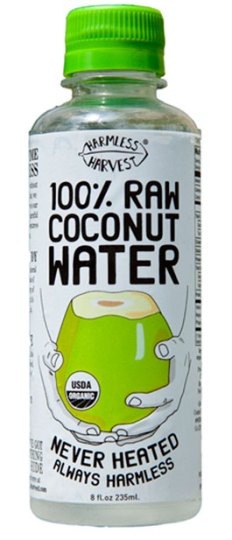think_fast
Member
Can i make a soil that can be recycled but not so hot that I only need to feed water and an occasional tea. I would like to be 100% organic but do more work then having a super soil.
ColorGRo,
If I can provide you with any advice it would be this: If you don't want to aim for a 'super soil', then just ensure that your humus material is 'super' quality, with other ingredients being less super if they must be so. IOW, source some premium worm castings, and some premium compost and use this at 1/3 total soil biomass. The general message in this thread is that get these two components down and it will make your life a whole lot easier. From what I understand, worm castings and compost cannot 'overheat' your soil, as long as they are sufficiently, umm, composted (i.e. aged like fine wine). You can grow plants in just worm castings.
But other more experienced growers would be able to give you better advice. I'm just trying to keep things moving here while the pros take a break





